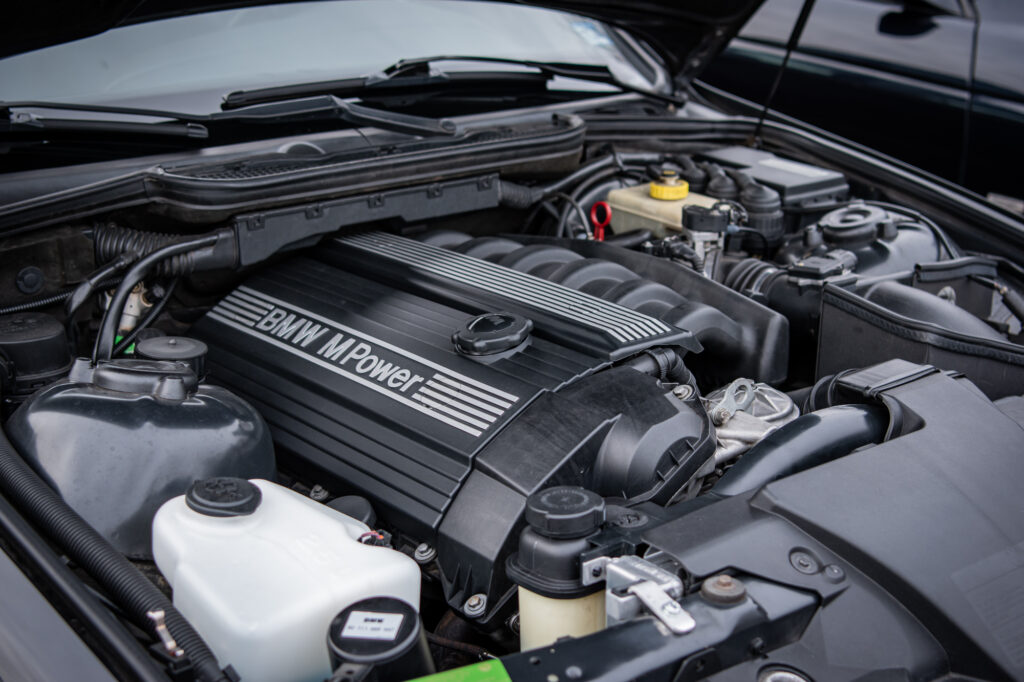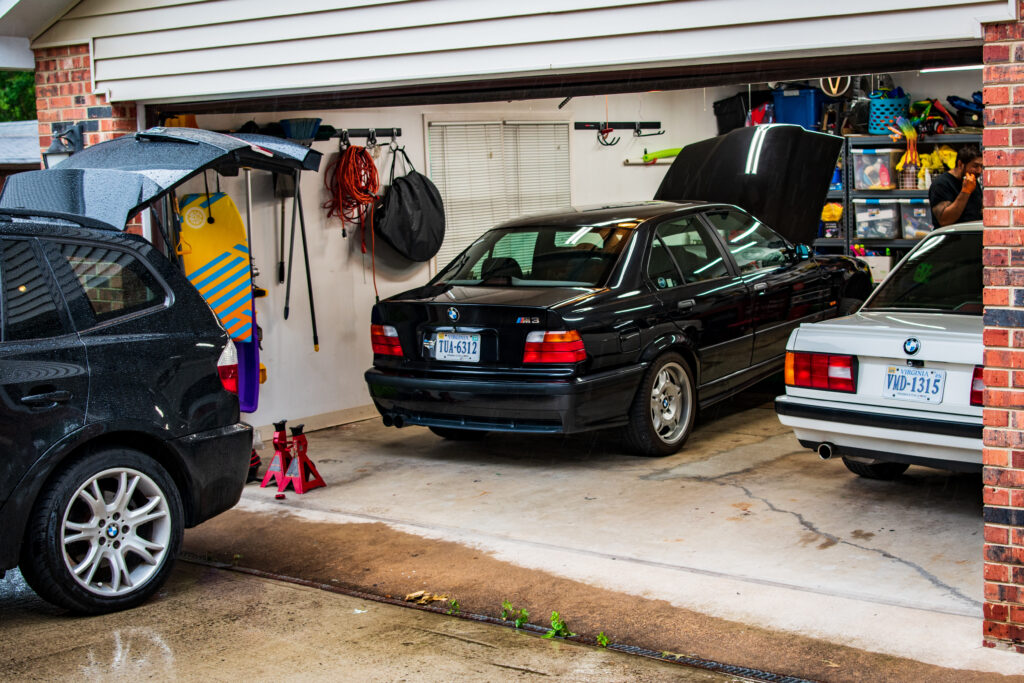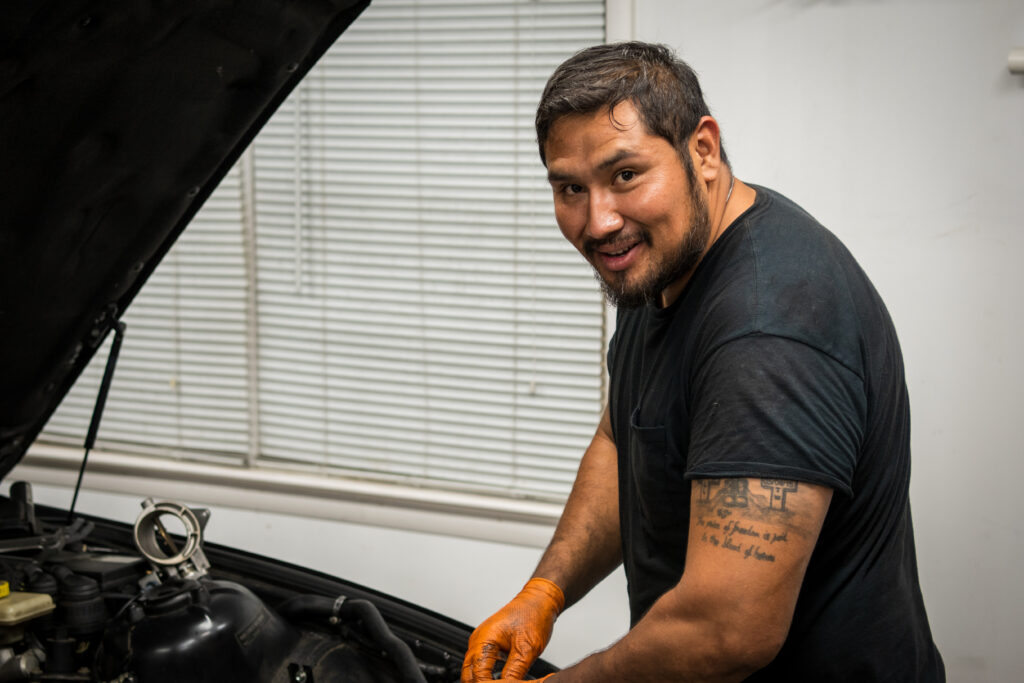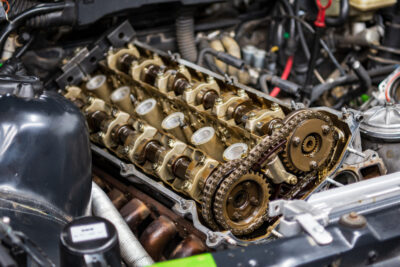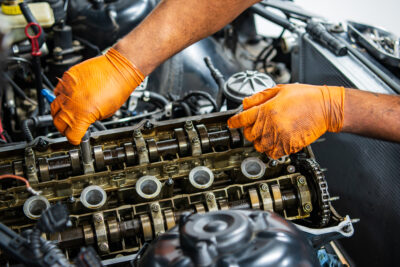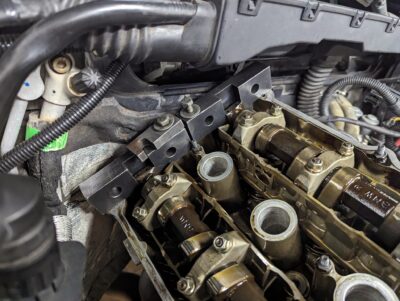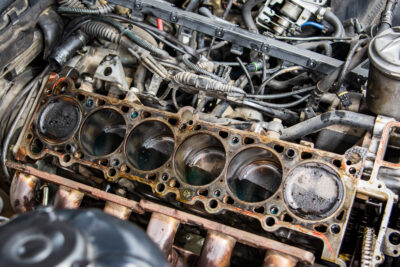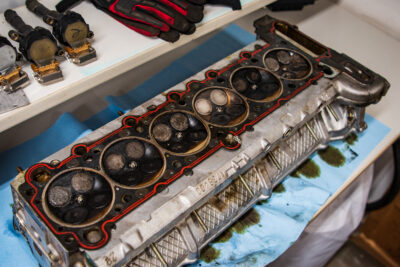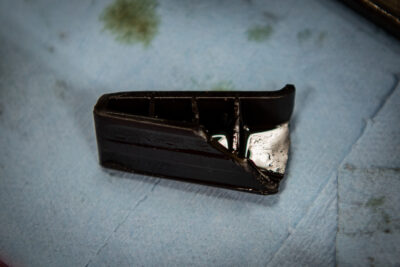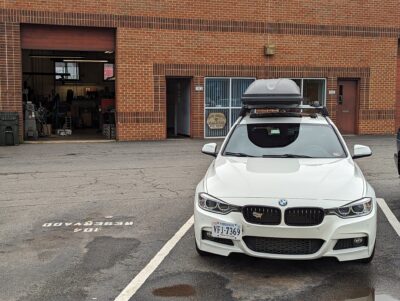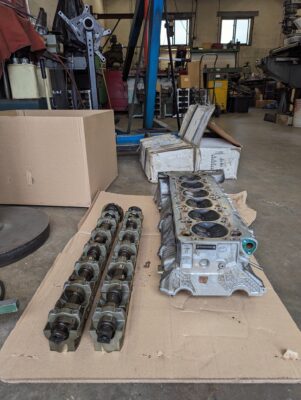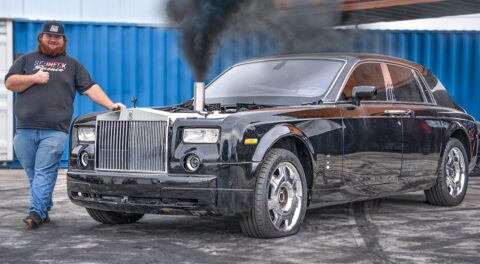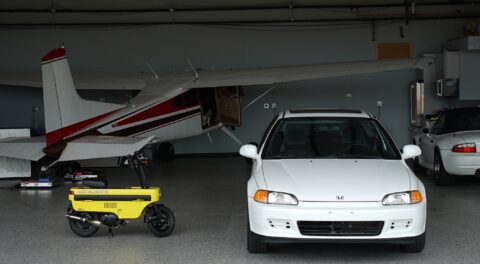Last November, I purchased a 1998 Cosmos Black Metallic M3 Sedan (E36) equipped with a five-speed-manual transmission. I’ve written about the fly-and-drive purchase, as well as a barrage of initial repairs to make this M3, which I’ve named Project Concord, a fully operational battlestation. As with many projects, it’s been fun, challenging, and an ongoing learning experience.
Driving this RADwood-era sports sedan has been the fun bit, while learning a new chassis and a steady stream of fixes has provided an expected and manageable challenge. There have been wiring harness repairs, locking system repairs, cooling system replacements, and a myriad of other diagnostic and resolution cycles that come with owning a 25-year-old vehicle with nearly 250,000 miles on the odometer.
About a month ago, I noticed some strange behavior with the cooling system. The coolant level in the expansion tank dropped significantly while driving. Opening the expansion tank cap after the car cooled overnight would result in a loud “WHOOSH” as the coolant rose to its normal level.
The problem-solving cycle for this issue started about the same time that Rob Siegel wrote about diagnosing hard and soft failures. Hoping for an easy and cheap fix, I replaced the cap and rebled the cooling system a number of times, but of course that didn’t solve anything—that would’ve been too easy. Could it be a head gasket failure or cracked head, allowing exhaust gasses to enter the cooling system? There wasn’t coolant in the exhaust or oil, and there wasn’t oil in the coolant. Using a combustion leak test kit provided some challenges and ultimately inconclusive results. This was definitely a soft failure.
The next step was performing a leak-down test. I let the pros at CJ Foreign Car Service in Silver Spring, Maryland handle this and they confirmed that the M3’s S52 engine failed on cylinder number four. As the cylinder was being pressurized with air, it was escaping into the cooling system. Yeah—that’s not good. At this point, I parked Project Concord to mull over my options. I considered taking it to a shop and tossing them the keys. I was tempted to go the DIY route, but feared this job exceeded my skills and availability.
At the recommendation of friends and local BMW CCA members, I contacted Alex Garcia, a highly skilled, well-reviewed mobile mechanic with a strong background in the S50/S52 engines. In addition to being a BMW enthusiast and working on a number of these E36s, he owns a 1995 M3 that he’s in the process of building into a 500-horsepower turbocharged monster. After chatting with Garcia on the phone, he said that I was more than welcome to watch, lend a hand, and pester him with questions throughout the process of replacing an S52 head gasket.
As a software engineer who moonlights as a writer, with aspirations of being a mechanic, this checked a lot of boxes for me. I’d have a certified professional, who is passionate about BMWs, come to my garage and guide me through the process. With that, we picked a date and I got to work cleaning my garage to make room for activities.
Garcia came over on the summer solstice, June 21st. Though based on the cold and gloomy weather, it was more like Mother Nature was saying “welcome to fall” than “summer has arrived.” As he worked on the M3 and I followed along, we chatted about life. We both grew up in Northern Virginia, we love BMWs, and Garcia also has a background with computer programming.
In 2008, Garcia started working as a professional mechanic taking a job at a Toyota dealership. After moving to a BMW dealership, he went into business for himself in 2011. “I enjoy the freedom of being self employed. I make my own hours, I pick and choose who I work with, and I actually get to meet and talk with my customers. I don’t up-sell things that people don’t need to meet service quotas,” he says. While Garcia works on all makes and models, both classic and modern, he says he’s always excited to work on BMWs.
The afternoon flew by as parts came off the engine. The air intake was removed, then the intake manifold, valve cover, cam trays and cams. I made notes along the way of additional parts to order, like heater hoses, vacuum lines, and VANOS parts, that wouldn’t be part of a standard head gasket replacement kit. About five hours after we started, the head was separated from the block.
- Valve cover removed.
- Removing the cams.
- Timing tools!
We found a chunk of the center timing guy wedged in the timing case and there was scoring on a few cam journals, but the cylinder walls looked great, with cross hatching clearly visible, and there wasn’t any sludge to speak of. Not all rainbows and sunshine, but not bad for an engine with a quarter-million miles.
- Off with its head! Don’t worry, it was cleaned and lubed while the head is off.
- That old desk is a work horse.
- A chunk of the center timing chain guide.
The following day I dropped off the head at a local machine shop, Tyson’s Automotive Machine in Sterling, Virginia, to be cleaned and tested. There, I met with the owner, Simon Brown, who was hard at work when I arrived. Brown looked over the head, explained his process, and said he’d be in touch after he tested the head. In the meantime, I had a list of parts to order and I planned to tackle some smaller projects with all of the newfound space in the engine bay. Heater hoses, a blower motor, and vacuum lines—oh my!
- A 3 Series wagon makes for a good parts hauler.
- Awaiting the magic of Tyson’s Automotive Machine.
I am hopeful that Project Concord will be up and running again in the next few weeks and I look forward to learning more when Garcia returns for reassembly. This S52 will purr once again, so stay tuned! —Mike Bevels
The second and final part of this series can be read here: https://bimmerlife.com/2023/07/18/breathing-new-life-into-a-classic-m3-project-concord-lives/


